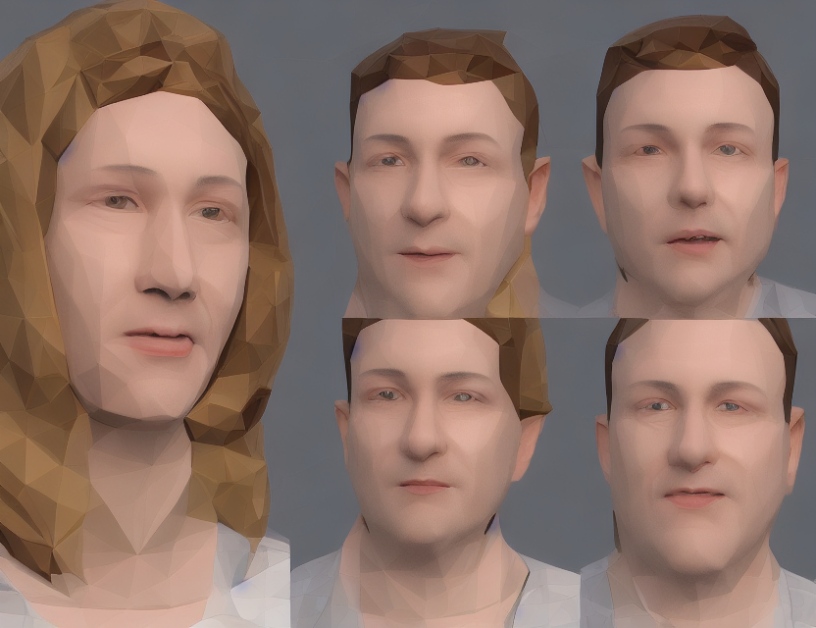EfficientNet Architecture
The EfficientNet architecture consists of 50 layers, with a modular design that incorporates identity mappings and convolutions. These building blocks enhance the network’s ability to learn hierarchical representations, significantly improving its capacity for image classification, object detection, and segmentation. The authors note that this design has had a profound impact on subsequent neural network designs, solidifying EfficientNet as a fundamental model in deep learning.
Accuracy and Execution Time Improvements
The article presents two datasets (D1 and D2) to evaluate the performance of EfficientNet. The results demonstrate remarkable accuracy and F1-score values: 98% (D1 dataset) and 90% (D2 dataset), respectively. Additionally, the execution time for the model has been significantly reduced: from 1.41 hours to 1.06 hours (D1 dataset) and from 1.42 hours to 1.11 hours (D2 dataset). These findings underscore the efficiency of the EfficientNet design.
Conclusion
In conclusion, this article introduces a novel approach to scaling CNNs called EfficientNet. By rethinking their design, the authors achieve significant improvements in accuracy and execution time. The modular architecture and incorporation of identity mappings and convolutions enable the network to learn hierarchical representations with greater efficiency. These advancements have had a lasting impact on deep learning, making EfficientNet a fundamental model in the field.



